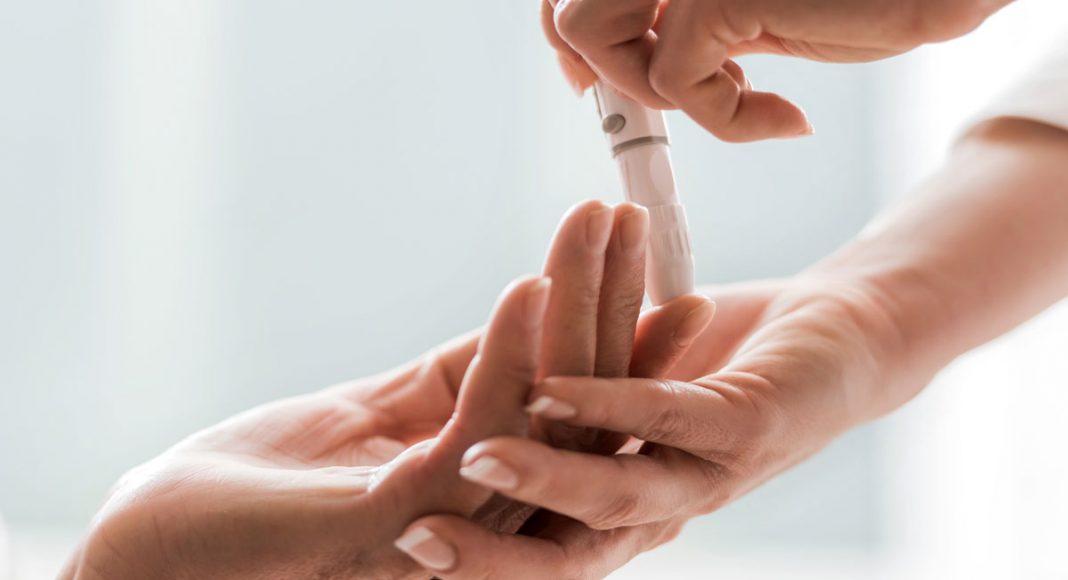Diabetes impacts almost 110 million people around the world. Whether Type 1 or Type 2, when blood sugar spikes it causes glucose to roam where it’s not needed, and a common, destructive resting place is the retina. Though conventional treatments slow the progress of near inevitable blindness due to this migration, there is some hope to be had in cannabis.
With the disease going up in numbers as years go by, the sense of urgency to somehow curb its effects increases every passing day that solutions aren’t yet found. While it will take time to tell if it’s truly the end all be all solution to the problem, there are several ways that cannabis aids in what’s known as diabetic retinopathy.
-
Related Story: Why Marijuana Is A Power Plant For People With Diabetes
Diabetic retinopathy causes vision loss as diabetes progresses and usually manifests itself after around 20 years of treatment. One of the ways that marijuana slows this process is its work as a neuroprotectant. Corruption to nerve cells in the retina prevent messaging from the eye to the brain. Cannabinoids, and specifically CBD, have a positive impact in this area, protecting the retina from further damage by noticeably slowing down the process.
The reason we can point to cannabinoid CBD in particular is due to a 2006 study that found that, “Furthermore, cannabinoids have also been demonstrated to possess additional beneficial effects in animal models of diabetes. It has been reported that rats treated with CBD for periods of 1–4 weeks experienced significant protection from diabetic retinopathy. Cannabinoids have also been shown to alleviate neuropathic pain associated with the disease.”
From rats to people, our bodies are covered from the inside out in endocannabinoid systems. The receptors that bind to cannabinoids across our bodies are there for more than a stoner stereotype. They work as neuroprotectants, antinflamatories and antioxidants for a healthier us. They’ve been shown to help in diseases and inflictions from everyday aches and pains to Alzheimer’s, Epilepsy, Autism, cancer symptoms, HIV/AIDS complications and, clearly, diabetic retinopathy.
-
Related Story: Diabetes And Marijuana: Here’s What The Plant Can Do To Help
And along with diabetic retinopathy, cannabis has shown signs of being able to treat diabetes all together. From topical relief of the skin conditions that come with to being able to increase insulin sensitivity in Type 2 diabetes in human trials.
The future looks brighter and brighter for those in the early stages of diabetes and even in later stages, as cannabis once again shows itself to be not only a preventative treatment, but a treatment in and of itself.


